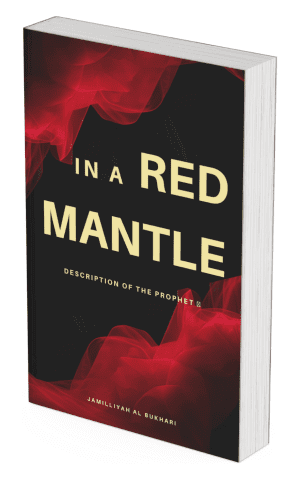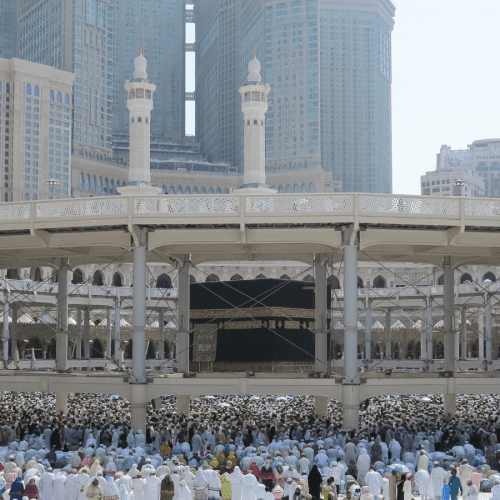In today’s changing world few topics spark as much religious and community debate among Muslims as the issue of sexuality. One of the most controversial and widely discussed contributions to this conversation is Scott Kugle’s book Homosexuality in Islam: Critical Reflections on Gay, Lesbian, and Transgender Muslims. Positioned as a ”scholarly challenge” to traditional Islamic thought, the book has become a cornerstone of the so-called progressive Muslim movement, particularly in Western countries.
The Premise and Popularity
Kugle, who converted to Islam in his mid-20s, spent significant time in Hyderabad, India, where he studied under a Sufi teacher. He became the first openly gay Muslim academic to write extensively on the subject, authoring a 352-page book titled Homosexuality in Islam: Critical Reflections on Gay, Lesbian, and Transgender Muslims. He later expanded on this work in Living Out Islam: Voices of Gay, Lesbian, and Transgender Muslims, and also published several as questionable books promoting Sufism. His arguments often reflect a modern, liberal perspective. His central claim is bold: the Qur’an, he asserts, does not unambiguously prohibit consensual same-sex relationships. Instead, he argues that what people have traditionally seen as the Qur’an condemning homosexuality is in fact about coercion, rape, and social aggression – particularly through the story of the people of Lot.
However, this reading directly contradicts the plain and repeated Qur’anic texts. In multiple places, such as Surah Al-Araf [7:81] (“You approach men with desire instead of women…”) the Qur’an describes the people of Lot’s actions using the term shahwah (lust or desire), not language associated with violence or coercion. As noted in scholarly critique, “the Qurʾan employs a rich vocabulary of terms for indicating force and aggression, yet none of these terms appear anywhere in the numerous passages that address the sexual practices of the people of Lot.” Instead, the “gender sameness of their chosen sex partners” is precisely what is censured.
The book’s appeal is clear in the West. It is heavily promoted by publishers and frequently found on shelves in mainstream bookshops across the UK and the US. Many young Muslims, especially in liberal circles, are encountering Kugle’s interpretations as an alternative to the traditional Islamic stance.
The Traditional Response
Despite its growing readership, Kugle’s work is in sharp contrast to over 1,400 years of Islamic jurisprudence, theology and Qur’anic exegesis. Across all four Sunni madhhabs and the major Shi’a schools, the consensus remains consistent: same-sex sexual acts are considered haram (forbidden), regardless of consent.
The full and unbroken Islamic consensus on this issue “embraces all recorded legal schools, theological persuasions, and historically documented sectarian divisions.” This is not a marginal issue in Islam, but one “known by necessity to be part and parcel of the faith” (maʿlum min al-din bi’l-darura), and as binding as the obligation of prayer and the prohibition of alcohol and zina.
Classical scholars, including al-Tabari, al-Qurtubi, al-Razi, and Ibn Katheer, consistently interpreted the Lot narrative as a moral condemnation of male-male sexual activity itself. For example, al-Ṭabari explains the phrase “you approach men with desire” as a direct reference to lustful, consensual acts, not to rape. This understanding is not novel or isolated, it represents a unified and enduring interpretation across centuries.
Kugle’s interpretation however, relies heavily on the idea that post-Qur’anic patriarchal legal traditions distorted the original meaning of the text. While he attempts to read these verses through a lens of social justice and individual autonomy, critics argue that his method imposes secular, Western ethical frameworks onto sacred scripture. The claim that “sexual orientation” should be celebrated as part of Qur’anic diversity (ikhtilaf) is particularly unfounded; while the Qur’an affirms ethnic and linguistic differences as signs of God, it never extends this affirmation to sexual behaviours, let alone to those He explicitly prohibits.
Methodological Divide
At the heart of this debate is not merely a disagreement about the meaning of a few verses, it is about two fundamentally different methodologies. Traditional Islamic scholarship derives its authority from revelation (the Qur’an), the authentic Sunnah (verified traditions of the Prophet), the consensus of the companions (ijmaʿ), and the established schools of jurisprudence. In contrast, Kugle’s approach, shaped by postmodern ethics and individual autonomy, often downplays the authority of these sources to the moral norms of contemporary secular thought.
Even more problematically, Kugle relies on unsourced or weak narrations from qasas al-anbiyaʾ (folk tales about prophets), a genre known for its lack of theological and legal accuracy, while simultaneously dismissing authenticated narrations (hadith) as “speculative.” As noted by critics, this is “epistemologically incoherent and radically at odds with the Islamic scholarly tradition.”
His reliance on Ibn Hazm is selective and misleading. While it is true that Ibn Ḥazm rejected the classification of sodomy as a ḥadd crime, he nonetheless affirmed its categorical prohibition, calling for discretionary punishment (taʿzir) for both male-male and female-female sexual acts. In Ṭawq al-Ḥamama, Ibn Ḥazm explicitly described same-sex acts as “horrible and disgusting”, firmly aligning with the consensus.
A Matter of Submission, Not Pride
In response to Pride Month and the values it promotes, many traditional scholars reaffirm the Islamic call to modesty, repentance and moral boundaries rooted in revelation. The story of the people of Lot is not just about hospitality or violence, it is a clear moral statement on human sexuality.
Kugle argues that homosexuality is “innate” and therefore should be accepted like skin colour or gender. But as critics highlight, this essentialist claim is not supported by conclusive scientific evidence, nor does Islamic morality predicate permissibility on innate desires. Islam recognises the presence of powerful inner inclinations, whether for sex, wealth, or status, but insists on disciplining them through God’s law. Even the Prophet ﷺ said that “the Fire is surrounded by temptations and desires”, and virtue lies in resisting what the nafs calls us toward.
The fundamental issue is not whether someone feels a particular way, but whether they act upon those feelings in a way that aligns with the ethical framework given by God. This is not to encourage shame or exclusion, but to emphasise that Islam calls everyone to struggle with their desires (jihad al-nafs) and strive for moral discipline. The example of early Muslims like Ibn Dawud al-Zahiri, who openly admitted same-sex feelings but remained celibate out of God-consciousness (taqwa), illustrates this ethical ideal.
Concluding Thoughts
Scott Kugle’s Homosexuality in Islam may offer comfort to some seeking reconciliation between faith and identity, but its foundations rest on a reimagining of Islam that many argue lacks theological rigor. It challenges not just interpretations, but the entire epistemological basis of Islamic law and ethics.
While it’s important to approach such works with empathy and a desire to understand, it is equally vital to critically examine their assumptions, methods and implications. As the analysis shows, Kugle’s work depends on reinterpretations that ignore centuries of consensus, misrepresent sources and anachronistically insert modern categories like “sexual orientation” into classical texts that never understood identity in this way.
For Muslims who seek clarity on these issues, the Qur’an, the Sunnah and 1,400 years of scholarship offer a consistent and coherent moral vision, one that remains unchanged by time or cultural pressure.
As one scholar summarised: ”Islam calls us not to pride in disobedience, but to pride in submission to our Creator”.


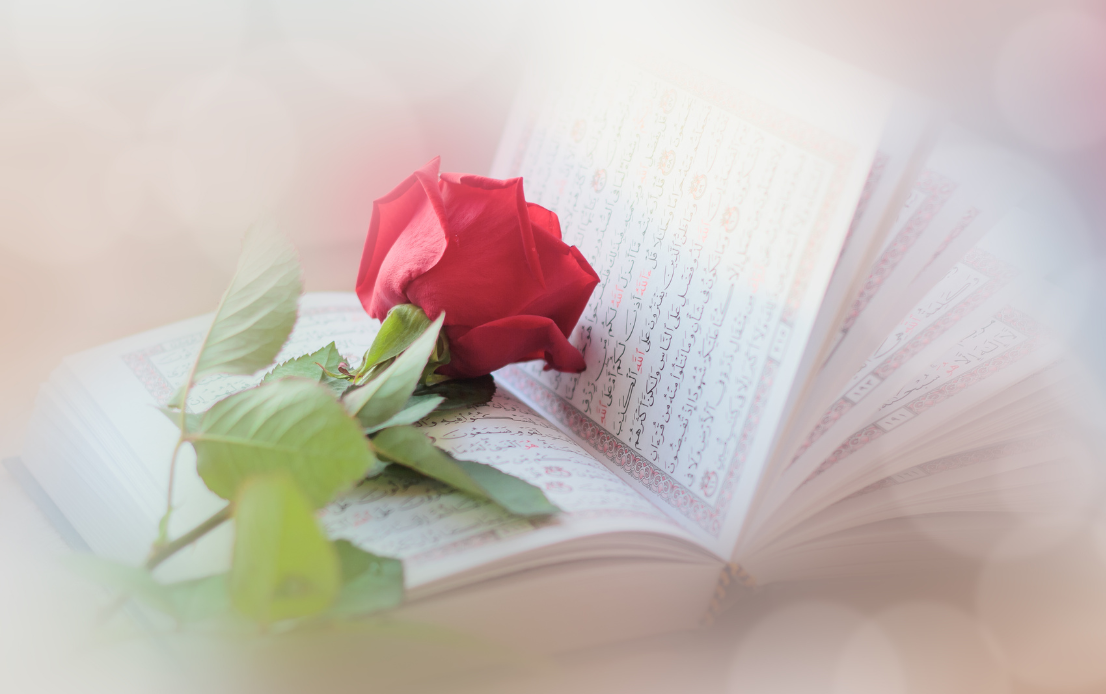

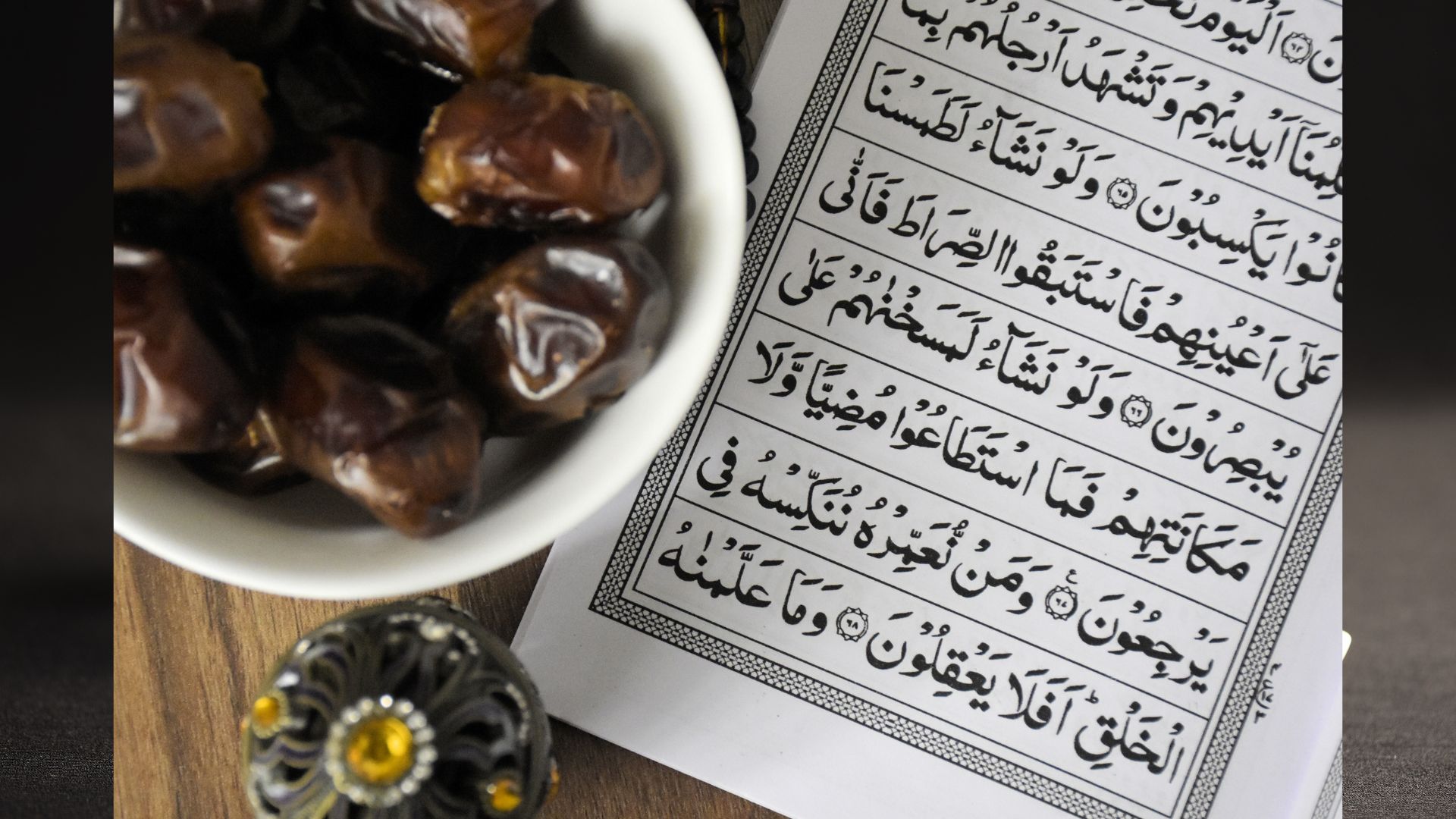



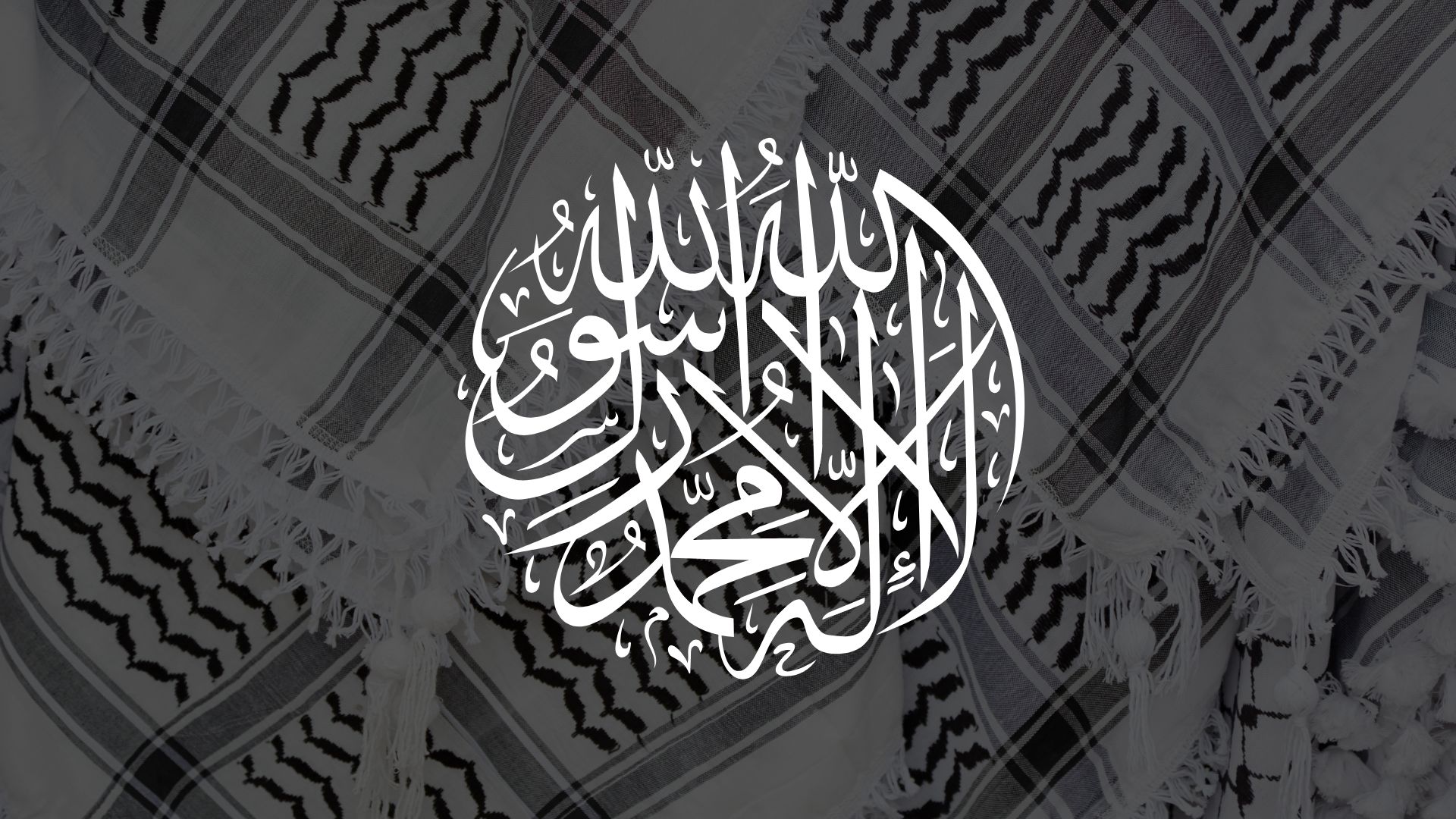
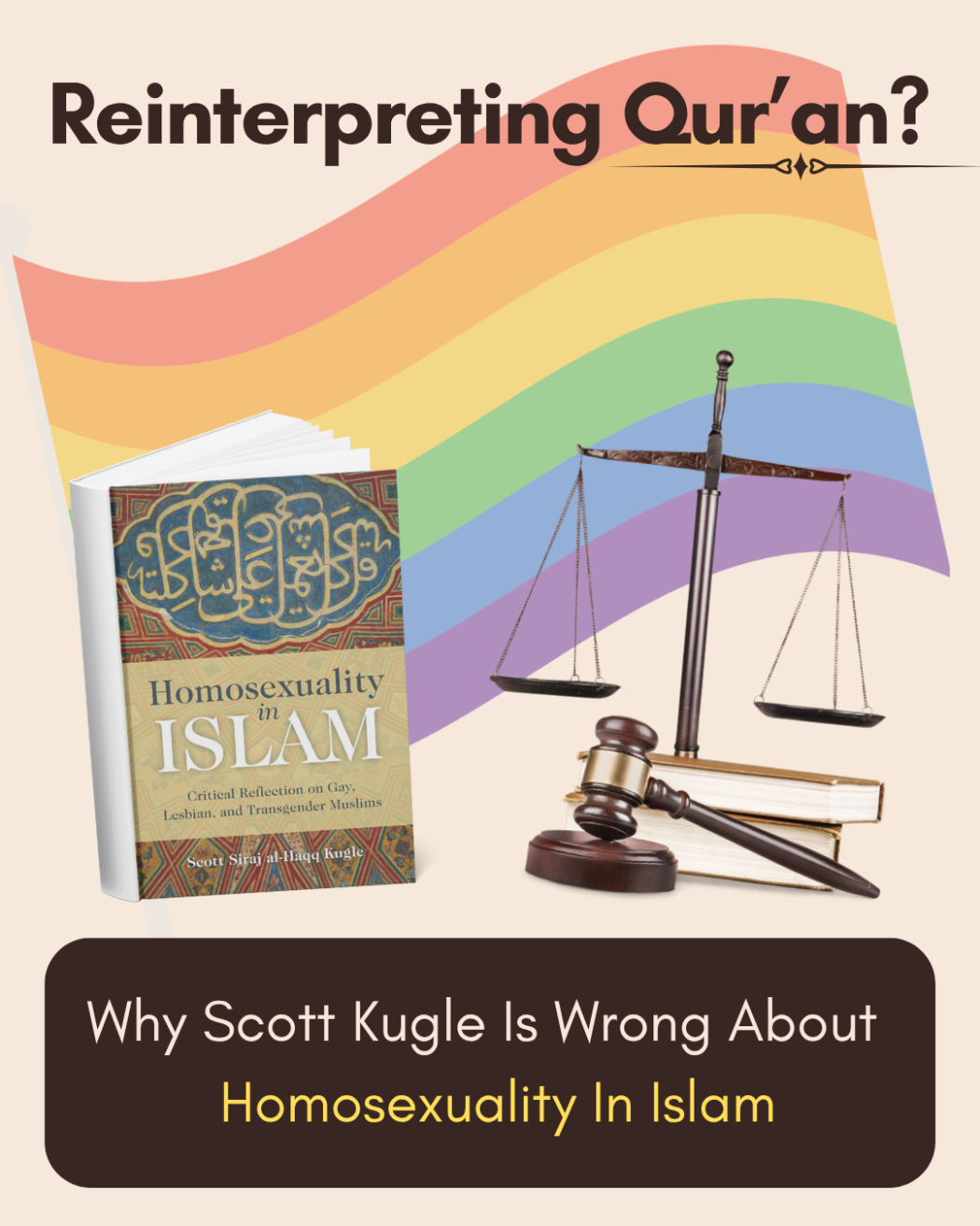
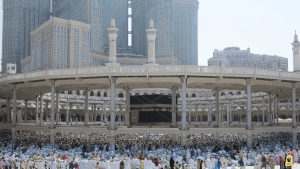 The First 10 Days of Dhul-Hijjah: 5 Powerful Ways to Maximise Their Blessings
The First 10 Days of Dhul-Hijjah: 5 Powerful Ways to Maximise Their Blessings


